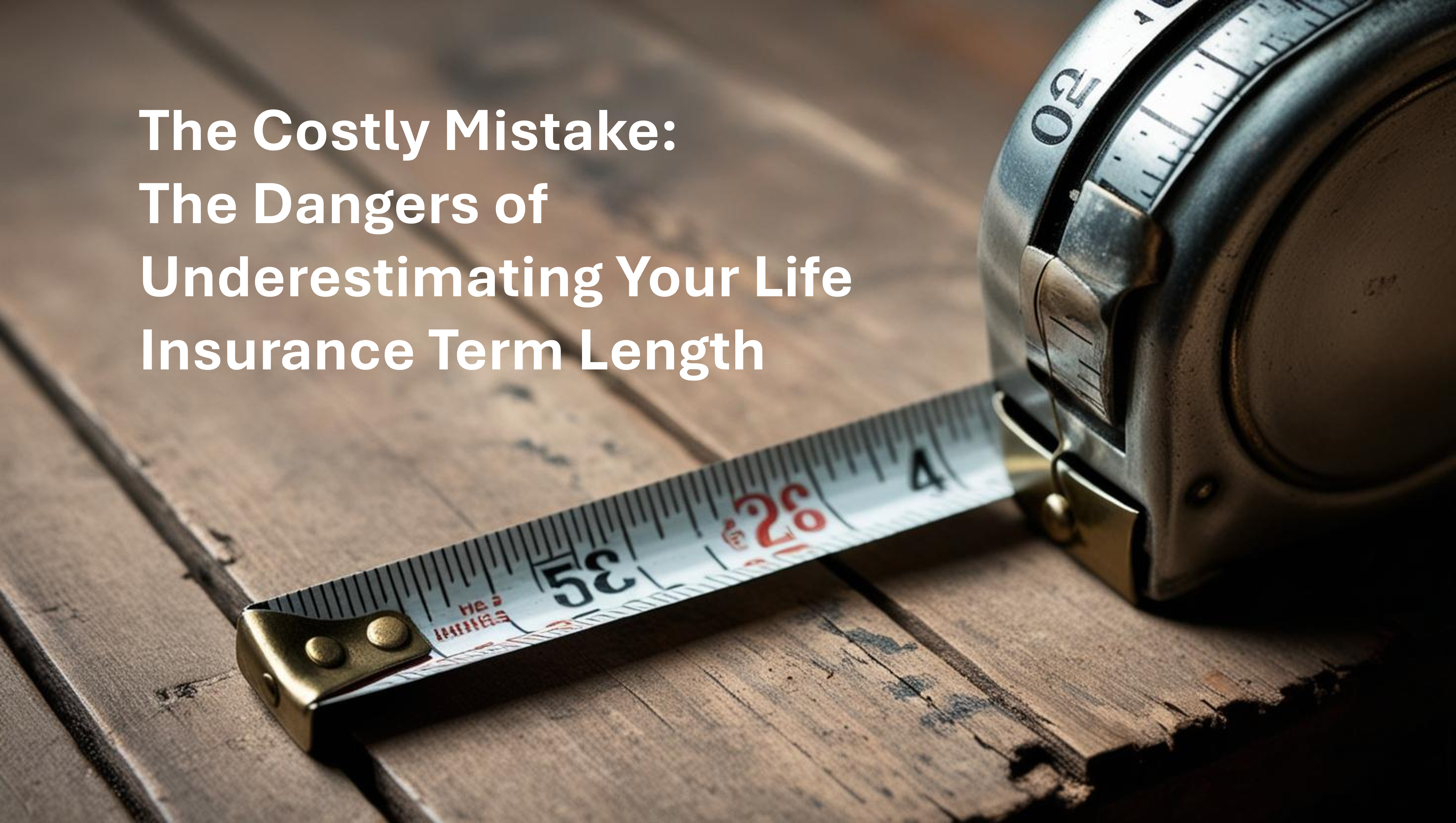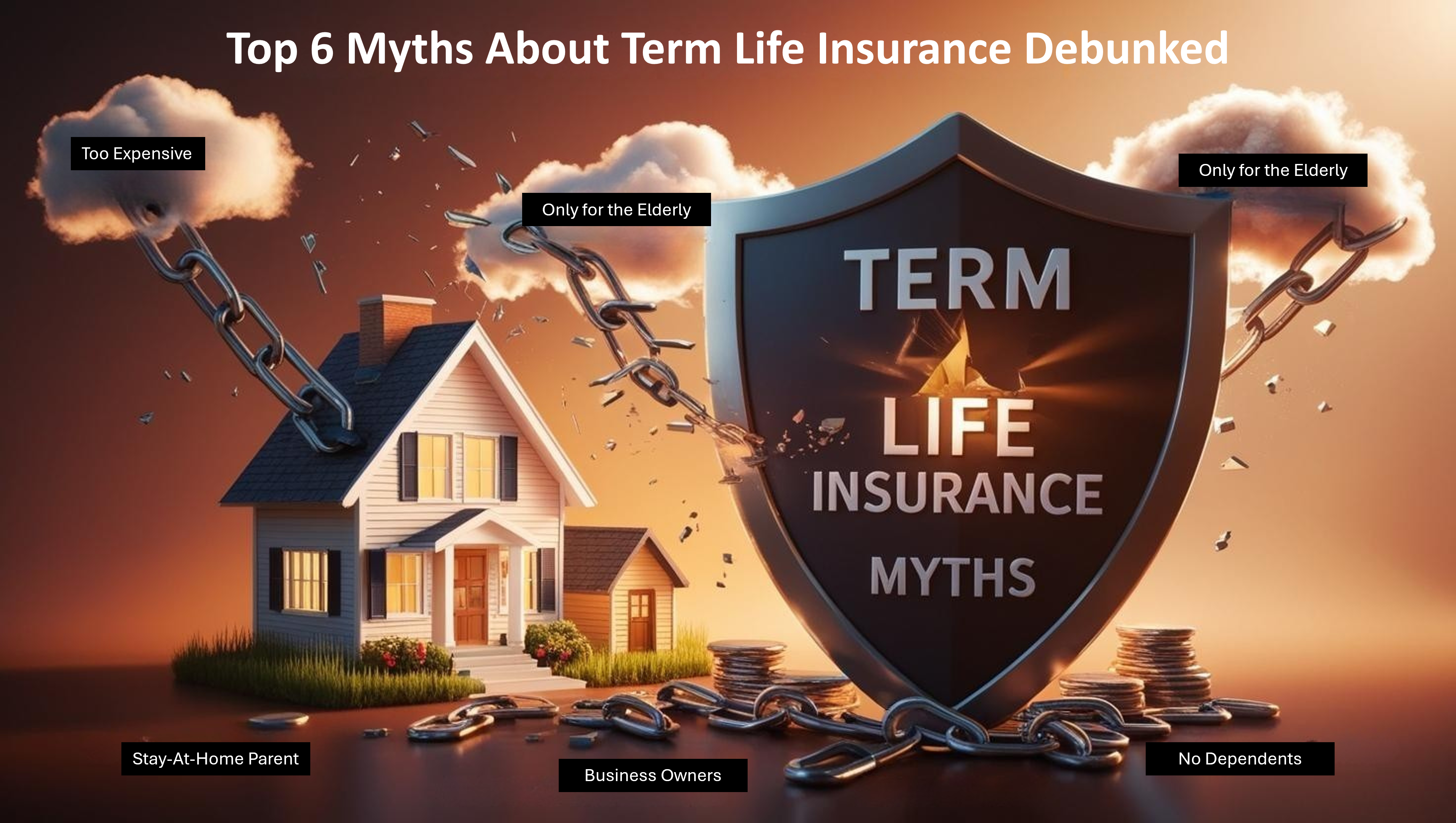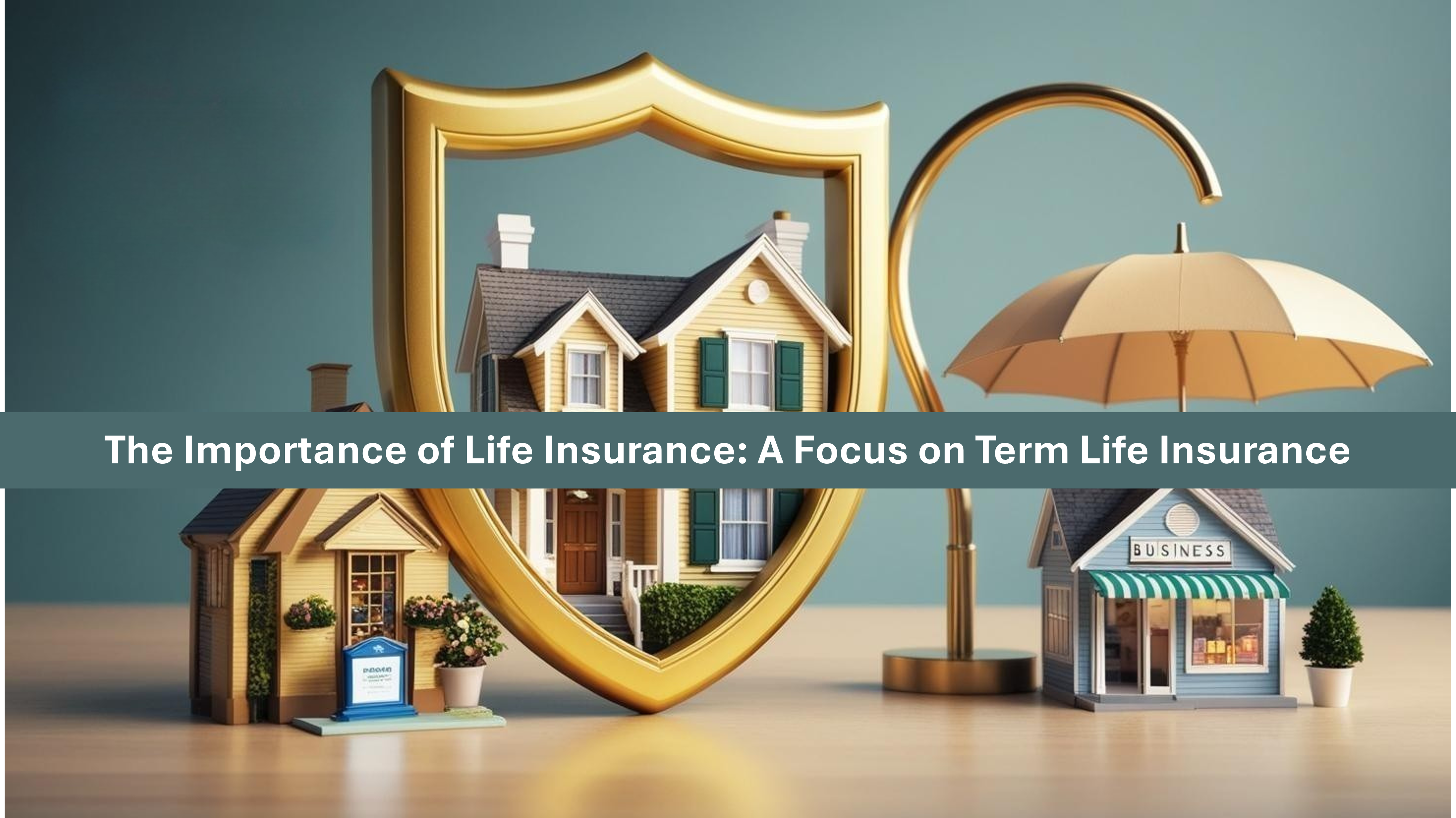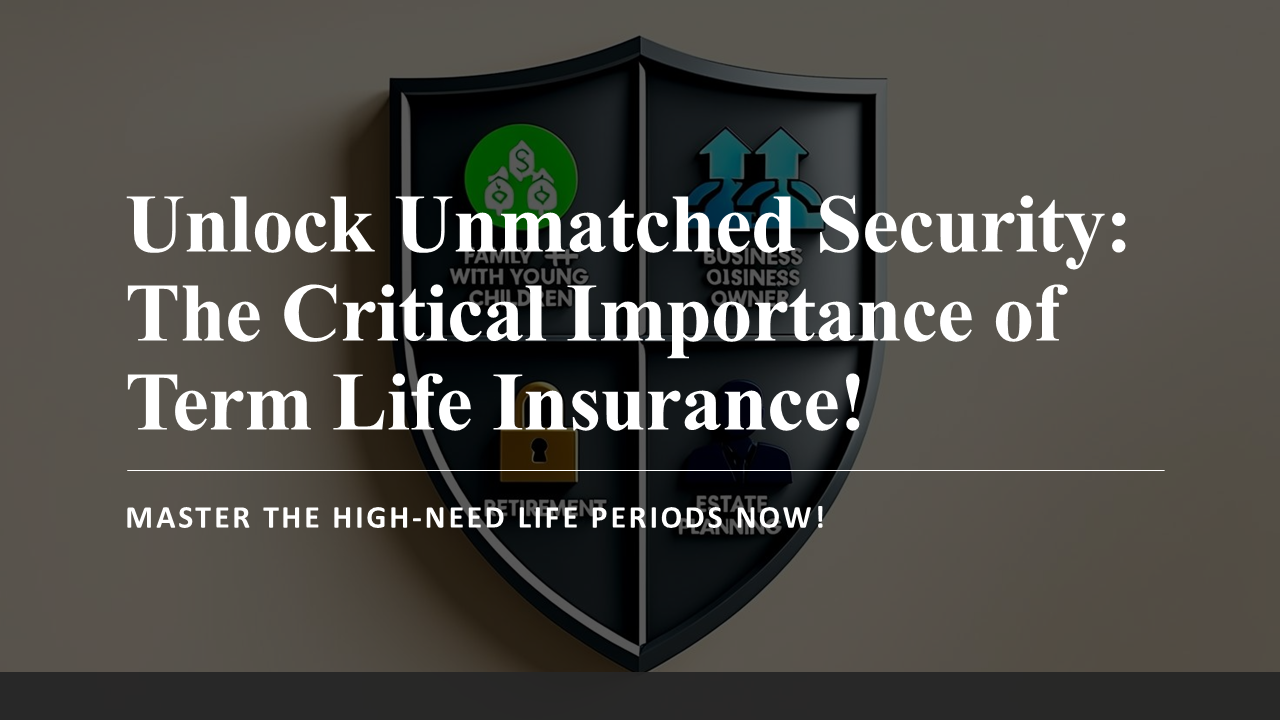Choosing the Wrong Term Length for Your Life Insurance Could Undermine Your Financial Plans
By Sabine Jensen
Choosing the right term length for your life insurance policy is a crucial decision that can significantly impact your financial planning and peace of mind. Term life insurance is designed to provide coverage for a specific period, and selecting the appropriate term length ensures that your loved ones are financially protected during the most critical years. In this blog post, we’ll explore the factors to consider when determining the right term length for your life insurance policy.
Understanding Term Life Insurance
Term life insurance is a type of life insurance that provides coverage for a specified period, typically ranging from 10 to 30 years. Unlike whole life insurance, term life does not accumulate cash value and is generally more affordable. The primary purpose of term life insurance is to offer financial protection to your beneficiaries in the event of your untimely death during the policy term.
Factors to Consider When Choosing a Term Length
- Financial Obligations
One of the primary considerations when selecting a term length is your financial obligations. Consider the duration of your major financial responsibilities, such as a mortgage, car loans, credit card debts or other debts. Ideally, your term life insurance should cover the period during which these obligations are active. For example, if you have a 20-year mortgage, a 20-year term policy might be appropriate.
- Dependents’ Needs
Evaluate the needs of your dependents, such as children or a spouse who relies on your income. Consider how long they will need financial support. If you have young children, you may want a policy that lasts until they are financially independent, which could be 20 to 25 years. If your spouse depends on your income, consider how long they would need support in your absence.
- Retirement Planning
Your retirement plans can also influence the term length of your life insurance policy. If you plan to retire in 20 years and expect to have sufficient retirement savings to support your spouse, a 20-year term policy might suffice. The goal is to ensure that your life insurance coverage extends until you reach a point where your retirement assets can provide for your loved ones.
- Affordability
While it’s essential to choose a term length that aligns with your financial goals, affordability is also a key factor. Longer-term policies generally have higher premiums. It’s important to balance the need for coverage with what you can comfortably afford. Consider your budget and choose a term length that provides adequate coverage without straining your finances.
- Future Insurability
Consider your health and the possibility of future insurability. If you are young and healthy, you may have the option to renew or purchase a new policy at the end of the term. However, if you have health concerns or anticipate potential health issues, it might be wise to choose a longer term to lock in coverage while you are still insurable.
- Conversion Options
Many term life insurance policies offer a conversion option, allowing you to convert your term policy into a permanent life insurance policy without additional underwriting. This feature can be valuable if your needs change over time or if you want lifelong coverage. When choosing a term length, consider whether the policy includes a conversion option and the terms associated with it. This flexibility can provide peace of mind, knowing you have the option to extend your coverage beyond the initial term.
Common Term Length Options
- 10-Year Term: Suitable for individuals with short-term financial obligations or those seeking temporary coverage. It is often chosen by people who anticipate significant changes in their financial situation within a decade.
- 20-Year Term: A popular choice for parents with young children, as it provides coverage until the children reach adulthood. It also aligns well with the duration of many mortgages.
- 30-Year Term: Ideal for individuals with long-term financial commitments or those who want extended coverage. It offers peace of mind for a more extended period, especially for those who start a family later in life.
Customizing Your Coverage
In some cases, a single term length may not fully address your needs. Consider layering policies to create a customized coverage plan. For example, you might purchase a 30-year policy to cover long-term needs and a 10-year policy for short-term obligations. This approach can provide comprehensive coverage while optimizing costs.
Reviewing and Adjusting Your Policy
Life is dynamic, and your financial situation and responsibilities may change over time. It’s essential to review your life insurance policy periodically and adjust the term length if necessary. Major life events, such as marriage, the birth of a child, or a career change, may warrant a reassessment of your coverage needs.
Conclusion
Determining the right term length for your life insurance policy requires careful consideration of your financial obligations, dependents’ needs, retirement plans, and budget. By evaluating these factors, you can select a term length that provides the necessary protection for your loved ones while aligning with your long-term financial goals. Remember, the right term length is one that offers peace of mind, knowing that your family is secure, no matter what the future holds.






No responses yet